Chikungunya virus is spreading fast — worldwide. First described during an outbreak in southern Tanzania in 1952, it caused sporadic illness in Africa and large urban outbreaks in Thailand and India in the 1960s and 1970s. As of now, it has been identified in over 60 countries in Asia, Africa, Europe and Americas. The virus, which causes fever and severe joint pain, is transmitted to humans by the bites of infected female mosquitoes, most commonly by Aedes aegypti and Aedes albopictus — two species that can also transmit other mosquito-borne viruses, including dengue. There is no vaccine and no specific treatment for the infection and disease caused by Chikungunya virus.
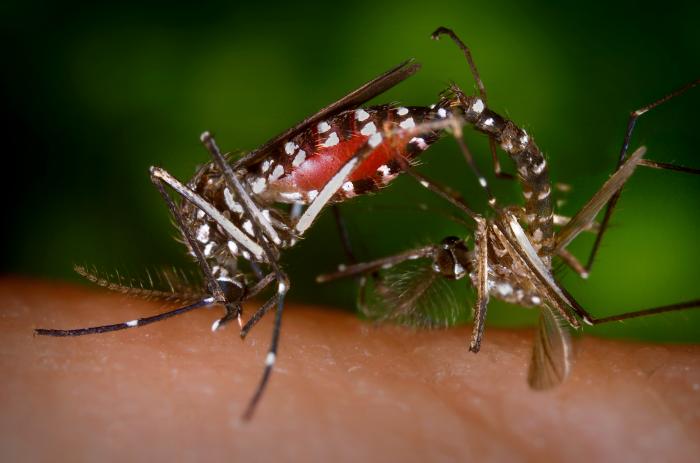
This image depicts a pair of Aedes albopictus mosquitoes during a mating ritual while the female feeds on a blood meal. Courtesy of the Centers for Disease Control and Prevention, Division of Vector-Borne Diseases (DVBD).
The patient said: “I was fine when I went to bed, but when I woke up in the morning and tried to get up my ankles hurt so much I couldn’t stand. It was very scary. After that I started getting different pains all over my body. Soon my hands were so swollen I couldn’t hold anything.”
In 2007, disease transmission was reported for the first time in a localized outbreak in north-eastern Italy. Outbreaks have since been recorded in France and Croatia. According to the Centers for Disease Control and Prevention (CDC), the first local transmission of Chikungunya virus in the Americas was identified in Caribbean countries and territories in late 2013 — local transmission means that mosquitoes in the area have been infected with the virus and are spreading it to people. Beginning in 2014, Chikungunya virus disease cases were reported among U.S. travelers returning from affected areas in the Americas and local transmission was identified in Florida, Puerto Rico, and the U.S. Virgin Islands. The current numbers of people infected with the virus within the Americas are staggering: the Pan-American Health Organization reports that, as of the end of February 2015, the initial handful of cases had exploded to 1,247,400 suspected and confirmed cases, affecting almost every country in the hemisphere.
After the first locally acquired case of Chikungunya was reported on July 17 2014 in Florida, Lyle Petersen, Director of the Division of Vector-Borne Diseases (National Center for Emerging and Zoonotic Infectious Diseases, CDC), said: “Chikungunya has been on the U.S. public health radar for some time. CDC has been working with the Pan American Health Organization since 2006, preparing for its introduction. We are working with international public health partners and with state health departments to alert health care providers and the public about this disease, equip state health laboratories to test for it and to detect cases to help prevent further spread.”
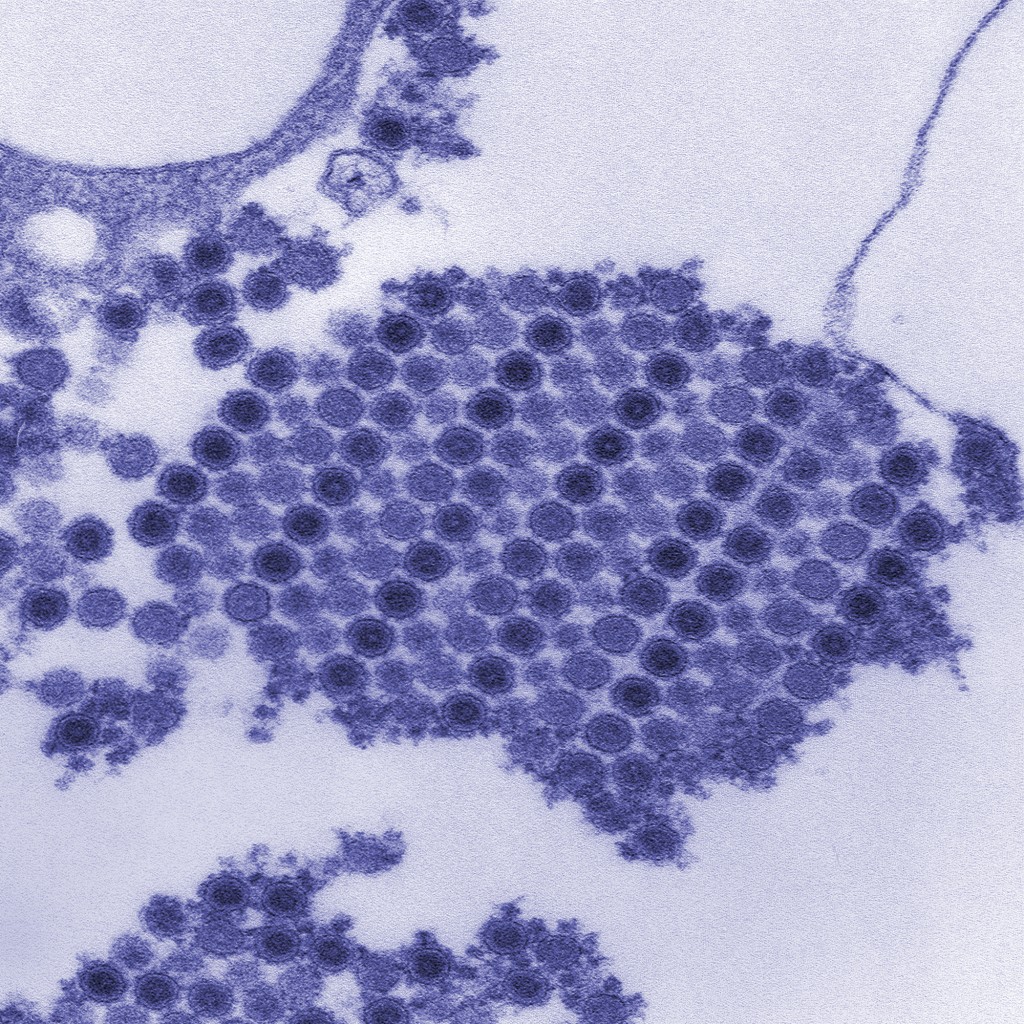
Chikungunya virus particles. Courtesy of Cynthia Goldsmith, Centers for Disease Control and Prevention.
As of June 2, 2015, a total of 78 chikungunya virus disease cases have been reported to ArboNET (a national surveillance system managed by CDC and state health departments) from U.S. territories. All reported cases were locally-transmitted cases reported from Puerto Rico and the US Virgin Islands. In addition, a total of 157 chikungunya virus disease cases have been reported to ArboNET from 30 U.S. states for 2015. All reported cases occurred in travelers returning from affected areas. No locally-transmitted cases have been reported, yet, from U.S. states.
However, Anthony Fauci, Director of the National Institutes for Allergy and Infectious Diseases (National Institutes of Health), said in a 2014 press release: “The two species of mosquito that spread chikungunya virus are found in parts of the continental United States, so it may just be a matter of time before this illness gains a foothold here. Therefore, it is prudent to begin addressing this emerging public health threat with the development of vaccines.”
Indeed, the two species of Aedes mosquitoes that spread Chikungunya are present in the southern and eastern United States. At this time, it is difficult to predict how the disease will spread in the mainland U.S., but the CDC expects small, focal outbreaks, similar to pockets of dengue fever infections that have occurred previously in Florida and Texas. So, are Chikungunya vaccines being developed? So far, three candidate vaccines have been studied — in phase 1 trials —- with promising results. In phase 1 trials, researchers test a new vaccine in a small group of people for the first time to evaluate its safety, determine a safe dosage range, and identify side effects.
A study published a few months ago in the journal The Lancet Infectious Diseases, shows that one of these vaccines — a modified, conventional measles vaccine — has the potential to act against Chikungunya virus. It is the first promising measles virus-based candidate vaccine for use in human beings.
Bernd Jilma, one of the researchers involved in the study, said in a press release: “The modified measles virus is planted into people in Trojan horse style, and there it produces the corresponding surface particle of the Chikungunya virus. This occurs to such a low concentration that no symptoms of the disease appear. However, the Chikungunya particles are still able to stimulate the lymphatic system and to trigger the antibody production against the virus. These antibodies are then available at any time should an infection with the Chikungunya virus really occur. As a result, the disease cannot break out.”
However, the road to develop vaccines is long and winding and — despite these promising results — it will take years for an effective Chikungunya vaccine to be available for human use. What can we do, in the mean time?
Judy Stone says: “Individuals can make a big difference, as has been shown in Cuba and Southeast Asia. In both areas, there are community efforts to scour the neighborhoods for standing water, which serves as a breeding ground for both types of mosquito. Be sure to drain such sources of standing water, as drain pipes and wading pools. Even discarded tires are a major problem, and likely served to bring the mosquitoes here to the Western Hemisphere to begin with.”
In addition to reducing mosquito breeding ground such as standing water, according to the CDC, the best way to protect yourself and your family from Chikungunya is to prevent being bitten by mosquitoes by using insect repellent, wearing long sleeves and pants, using air conditioning or window/door screens to keep mosquitoes outside.
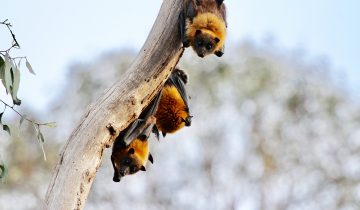
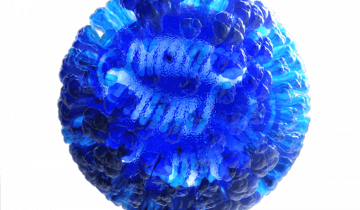
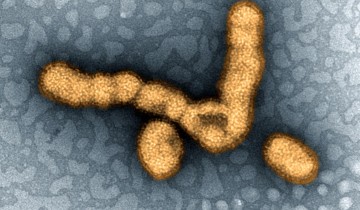
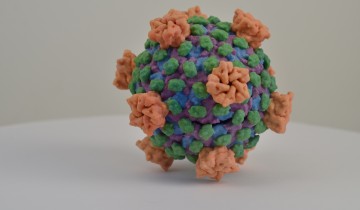
Throughout the years, it is a seeming fact that it has taken traumatic and fatal events to occur before preventative action can be taken. Time and time again it is a question of how financially lucrative will the development of vaccines be. The pharmaceutical companies and their shareholders are the ones that are at the pinnacle of addressing such concerns. If these pharmaceutical companies and their shareholders do not acquire profits from such a venture, then forsake the plight!
According to an Infectious Diseases article, 2008, Mosquitoes pick up the infection when they feed on infected people or non-primates. However, there are no concerns that there are means of person to person transmission, which is unlikely. Presentations of the virus in humans occur about a week to 12 days after being bitten by an infected mosquito. It is a cause for concern among populations that have had reported cases of infected individuals. If these individuals are not treated the early then presence of the Aedes mosquito in the environs can lead to massive outbreaks of the disease.
On a morning edition on National Public Radio (NPR): News and Analysis that delivers national and world news in a documentary, July 3, 2014, Chikun-What? A New Mosquito-Borne Virus Lands In The U.S. states that they are 27 reported cases in the Unites States (U.S.) I am sure U.S. residents must question; with the small portion of infected individual as of now, what health threats does the virus pose presently? Doctor Roger Nasci with the Centers for Disease Control and Prevention stated that for the year 2014 there were 110 people that showed up in the U.S. infected with the disease. However, he also stated that the disease has not spread beyond the 110 travelers; however, he fears that it is a matter of time before we are faced with the threat of the disease. Dr. Nasci further stated, because of the air flow from the Caribbean that ends up in the U.S. creates a potential for the increase of the disease. Due to the seasons that exist in the U.S., Dr. Nasci believes and an outbreak would be small and limited to summer months where the weather will be more habitable for mosquitoes.
The Pan American Health Organization recommends that during outbreak insecticides may be sprayed to kill flying mosquitoes. However, can this action pose hazardous to the immunity of individuals? In a study carried out by Andrzej Hermanowicz’ and his colleges on The Neutrophil Function and Infectious Diseases in Workers Occupationally Exposed to Organochloride Insecticides where they were communicable risks posed to the immune system’s neutrophils which are involved in phagocytosis and have to be recruited to the site of infection. The Neutrophils make up a large portion of human leukocytes and have intricate killing methods where after the neutrophil dies; its chromatic can also destroy the infecting pathogen. The study showed occupational workers that were exposed to organochlorides like DDT which is an insecticide had impaired chemotaxis, adhesion, and phagocytosis in Neutrophil function. If individuals are exposed to such insecticides every summer for each given year we should consider how compromised our immune system can become! Even though the sample was small; 33 workers, there is still a potential immunity risk to be considered.
There are many reasons as to explain why this disease is spreading so rapidly. One reason is that due to climate change and global warming some countries now have very similar climates. This make it possible for species foreign to one area to come in and populate due to the similar climate. According to AMCA including chikungunya, there are a total of 10 know disease spread by mosquitoes. The use of the modified measles virus as a vaccine to the chikungunya virus can be defined as using an attenuated vaccine. Phillip D. Minor wrote in a paper that attenuated vaccines against human viral diseases have been very successful throughout history, however they are not without their problems. One such is that it can be difficult to balance the ability to cause disease and the ability to immunize for a strain.Despite this and a few other difficulties the success of these and other vaccines has been great and vital to our adaptive immune response. Since it was said that many of the new cases of infections occur with those traveling outside of the country then it might be a good idea to make this vaccine a requirement to get before traveling outside of the country, and even more so maybe it would be a good idea to use the along the same lines as the flu shot to help prevent possible large outbreaks.
I decided to look into how the recombinant measles vaccine works to produce antibodies against Chikungunya virus.In this study, they explain that the measles vaccine has particles that closely resemble the particles of the Chikungunya virus. They also mentioned that immunization against the measles virus proved to help increase antibodies against Chikungunya, thus providing protection from lethal doses in mice models.
I absolutely love the use of an attenuated measles virus as the vaccine for the Chikungunya virus. Viruses are completely foreign to human body and do not follow the simple rules of life. In fact, they are not considered to be living at all. Viruses bring chaos and destruction to living organisms and some have truly terrifying effects. The fact that our understanding of how they work is increasing to the point that they can be used as vaccines to fight other viruses is amazing. Vaccination and gene therapy are two components of a scientifically advanced future that involves immunity to disease and the possible alteration of genetic defects. The main problems concerning vaccines and the use of viruses in general are twofold: Understanding and engineering a virus to work specifically and efficiently, and altering public perception to foster acceptance to proven applications that work. As viruses such as Chikungunya begin to spread faster and further, we must work as a community to be prepared.
In an article it was mentioned that the reason behind the spread of Chikungunya virus because of the vector i.e. the mosquitoes which carry disease and transmit it to the environment. The countries which has high number of mosquitoes breeding are possessing high chances of the spread the virus. If we can control the vector the rate of disease related to the vector can be decrease year by year. The public should be the part of this by actively participating in cleaning their surroundings and decreasing the sites for the breeding of mosquitoes.
Reading this you think “does this really even exist”? The name chikungunya sounds made up. The unfortunate part is that this disease is real and is affecting millions of people around the world. It is also on the move due to the traveling of both people and mosquitos. This vector borne illness needs to be controlled but it is difficult because it is transmitted by mosquitos.
The best and only way to prevent the contraction of this disease is to avoiding getting bitten by mosquitos. Sounds easy right? Wrong. In order to do this you must avoid mosquito bites and get rid of standing water as it is the breeding ground for mosquitos.
If you happen to contract this disease the first thing you want to do, again, is avoid mosquito bites. As you can infect others if a mosquito bites you, carries this virus, then proceeds to bite someone else. The symptoms you will experience are fever, joint pain, swelling, and fatigue. As the symptoms are pretty severe, but not life threatening, you will proceed to see a doctor. The doctor will explain that there is no treatment. You are required to drink plenty of fluids and get plenty of rest, among other things. The fever and swelling will subside, but the joint pain may persist for months, years, or even chronically.
The CDC website can give you more insight on every aspect of this emerging disease.
With summer now in full swing and people more likely to be involved with outdoor activities, you need to be much more proactive in protecting yourself from and preventing mosquitoes. For sprays you want them to contain DEET(N, N-diethyl-meta-toluamide), Picaridin, or oil of lemon eucalyptus. You want at least 7% content of the active chemical agent in the spray to keep the mosquitoes away. For a more comprehensive chemical approach would be a fog spray around the property, concentrate on foliage in which the mosquitoes can find refuge.
To deal with the larvae remove water sources such as buckets and trash that can collect water. Fallen leaves from the previous fall can hold water so make sure to clean it up and either mulch or bag it. For man made ponds or unused pools, mosquito fish are a good non chemical option. They eat every stage of mosquito life and are interesting live bearing fish. Also as for the citronella candles we see on patios every summer, they really do not work. Though some people do enjoy their scent.
[…] bites by the Aedes aegypti mosquito, the species that spreads infections such as Zika, dengue and Chikungunya. When a mosquito bites, it injects saliva into the skin. The saliva triggers an inflammatory […]